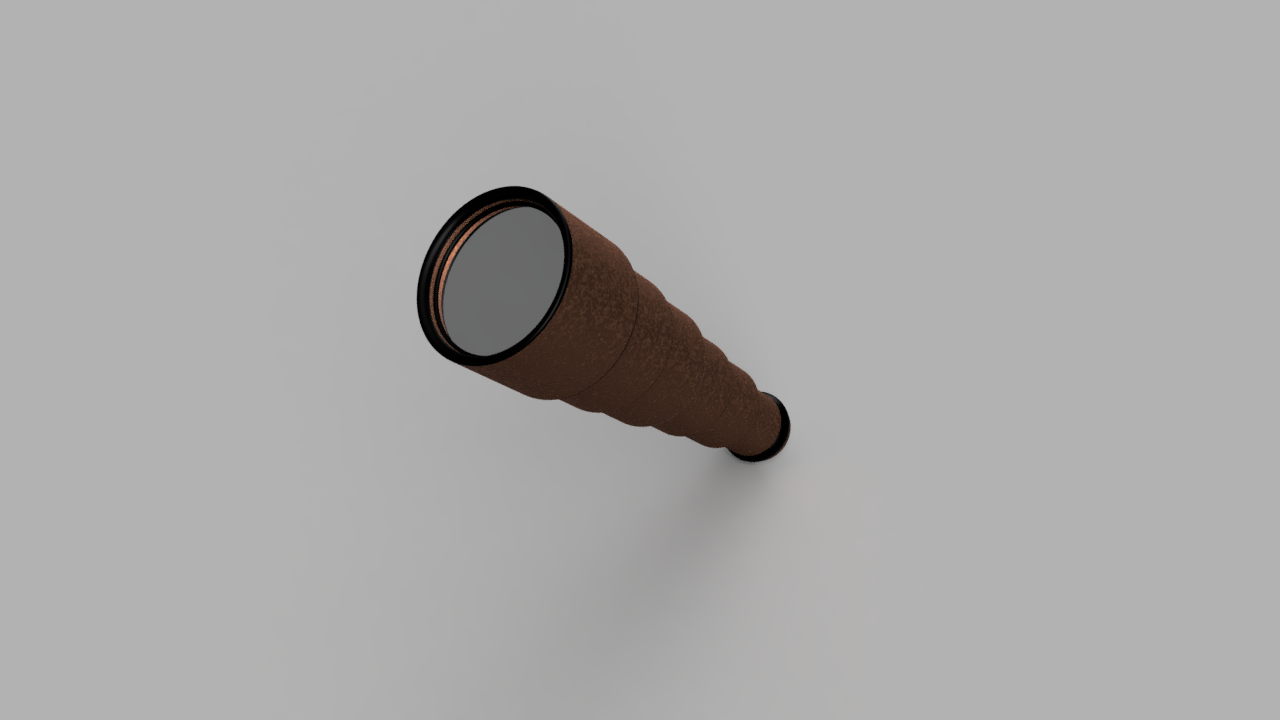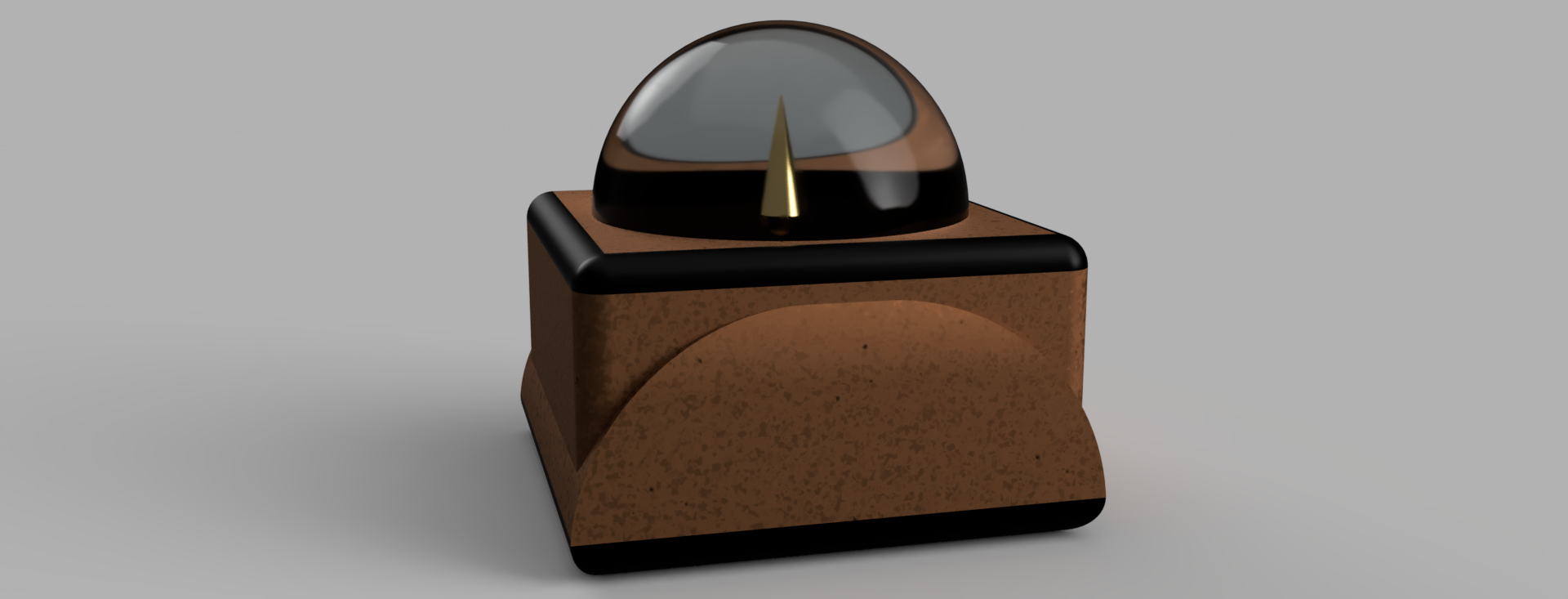Savannah Singh
Artifact
.png)
.png)
.png)
.png)
.png)
.png)





The beginning of space exploration started towards the end of the Industrial Revolution. When they began building rockets and going into space, they also invented a telescope that collects light at different wavelengths to create a single image of faraway galaxies and star systems, similar to space telescopes. This telescope takes the shape of an old pirate’s scope from the 17th century and is how astronomers looked further out into space. It features a collapsible design, with multiple layers and is encased in a bronze shell. Astronomers would use this device to search for new planets to colonize and discover life in the most distant galaxies.
The compass can point in any direction. It analyzes the polar patterns of different stars, detecting magnetic pulses, and pointing the user towards the nearest star system. The compass features a steel needle suspended in a jelly-like fluid inside a glass ball which reacts to magnetic pulses, aligning the needle’s point towards the origin of the pulse. Explorers would use this device to find their way through the universe, and when combined with the telescope this combination would become the basis of human exploration in the universe for years to come.